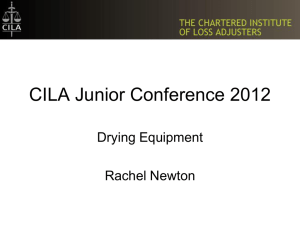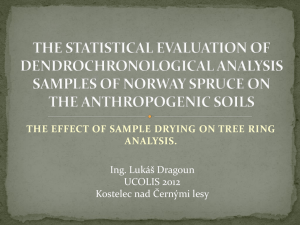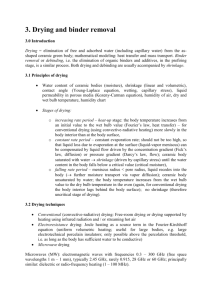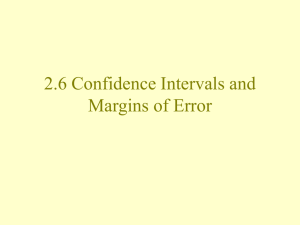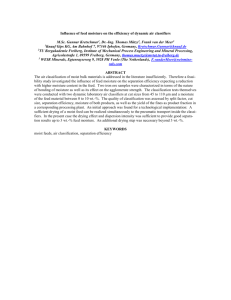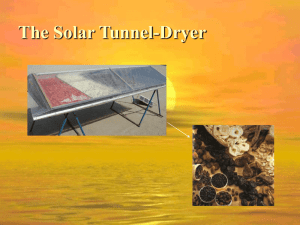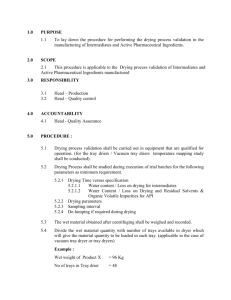Mitigation and recovery of water damaged buildings
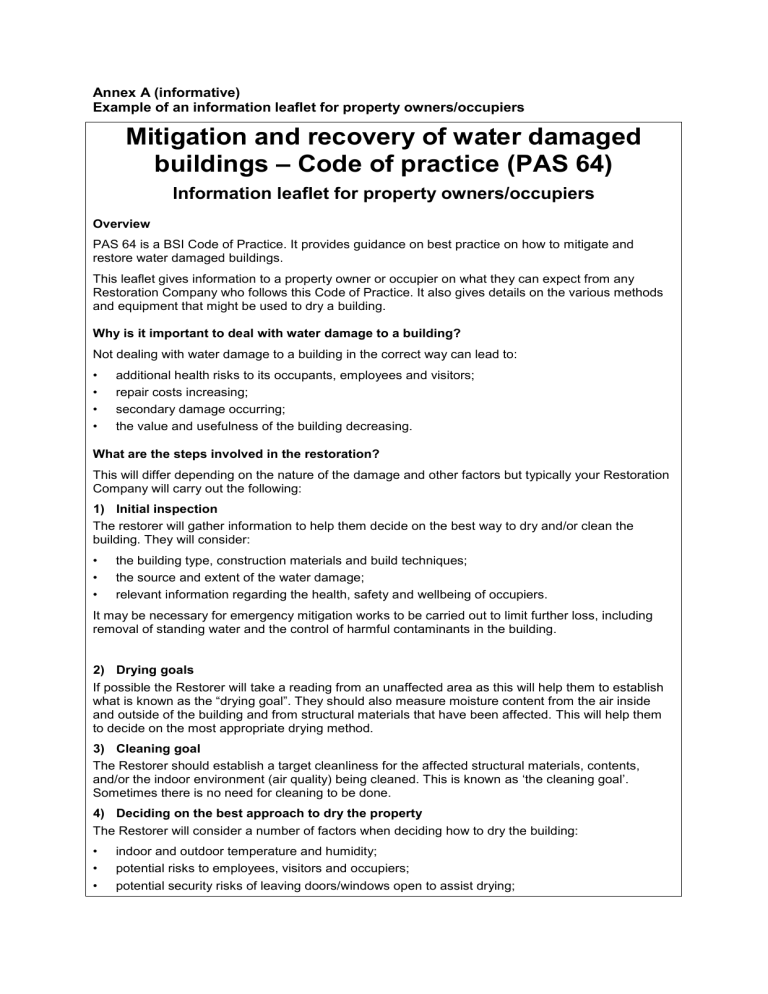
Annex A (informative)
Example of an information leaflet for property owners/occupiers
Mitigation and recovery of water damaged buildings – Code of practice (PAS 64)
Information leaflet for property owners/occupiers
Overview
PAS 64 is a BSI Code of Practice. It provides guidance on best practice on how to mitigate and restore water damaged buildings.
This leaflet gives information to a property owner or occupier on what they can expect from any
Restoration Company who follows this Code of Practice. It also gives details on the various methods and equipment that might be used to dry a building.
Why is it important to deal with water damage to a building?
Not dealing with water damage to a building in the correct way can lead to:
• additional health risks to its occupants, employees and visitors;
• repair costs increasing;
• secondary damage occurring;
• the value and usefulness of the building decreasing.
What are the steps involved in the restoration?
This will differ depending on the nature of the damage and other factors but typically your Restoration
Company will carry out the following:
1) Initial inspection
The restorer will gather information to help them decide on the best way to dry and/or clean the building. They will consider:
• the building type, construction materials and build techniques;
• the source and extent of the water damage;
• relevant information regarding the health, safety and wellbeing of occupiers.
It may be necessary for emergency mitigation works to be carried out to limit further loss, including removal of standing water and the control of harmful contaminants in the building.
2) Drying goals
If possible the Restorer will take a reading from an unaffected area as this will help them to establish what is known as the “drying goal”. They should also measure moisture content from the air inside and outside of the building and from structural materials that have been affected. This will help them to decide on the most appropriate drying method.
3) Cleaning goal
The Restorer should establish a target cleanliness for the affected structural materials, contents, and/or the indoor environment (air quality) being cleaned. This is known as ‘the cleaning goal’.
Sometimes there is no need for cleaning to be done.
4) Deciding on the best approach to dry the property
The Restorer will consider a number of factors when deciding how to dry the building:
• indoor and outdoor temperature and humidity;
• potential risks to employees, visitors and occupiers;
• potential security risks of leaving doors/windows open to assist drying;
• the environmental impact of the drying methodology;
• the availability of sufficient power;
• the predicted time it will take to reach the drying goals.
5) Ongoing monitoring
The Restorer will monitor that the drying approach they have chosen is working. They should do this by checking the moisture levels at regular intervals. They do not always need to visit the building to do this as some equipment allows this monitoring to be done remotely (they should inform you if this is the case).
If the building is not drying as expected it might highlight that there is another unknown cause of the water damage and/or that the drying method being used should be changed. Both of these scenarios are relatively rare.
The Restorer should carry out a final completion inspection to establish that the drying goals have been met (e.g. the building is “dry”).
Documentation
The Restorer should maintain documentation, including:
• internal temperature and humidity readings taken on each visit;
• moisture records for the affected structural materials, including drying goals and moisture content on completion;
• scope of works and any details which may influence the drying programme;
• contents and personal property inventories;
• detailed work log/diary (including decision making log, evidence of biological assessments, preincident conditions);
• equipment logs;
• site specific risk assessment documentation.
Drying methods and systems
Open drying system
Ventilation is increased within a building, which can be done by simply opening windows. For this to work the outside air should be warmer and drier than the inside air.
Closed drying system
All windows and doors are shut and dehumidification equipment is installed to remove and control the evaporated moisture.
Combination drying system
This is where the use of an open drying system is combined with the use of mechanical dehumidification equipment. This system is typically used when conditions change resulting in the outside of the building not always being drier than the inside.
Air exchange and heat drying system
Equipment is used to increase the temperature of the indoor air helping to improve the rate of evaporation from wet structural material, which in turn is extracted from the building.
The warmer air is typically heated and circulated using machinery. The heated air absorbs the evaporated water from the wet structural materials. This is then either pumped out of the building or put through machinery which removes the extra water.
Mechanical dehumidification equipment
Refrigerant dehumidifiers
The internal air is cooled below its dew point, which results in condensation appearing on the dehumidifier’s internal evaporation coils. Water is then collected and removed from the area being dried, either by automatically pumping it away from the machine, or through containers being
removed by hand.
Desiccant dehumidifiers
The damp internal air is blown through a desiccant material; this removes moisture by direct absorption and vapour pressure differences. The machine has two outlets; one which blows very dry air back into the building and a second, which blows very wet air out of the building. Water is not collected in its liquid form but is extracted from the area being dried via air movement.
Convectant dehumidifiers
The temperature in the room is increased by recirculating the room’s air through the machine’s heating system. Once the internal air has reached a pre-defined temperature or if the relative or specific humidity reaches pre-defined levels, the machine switches to exhaust mode expelling wet air to the outside.
Air movement
Increasing air movement over the surface of a wet structural material encourages evaporation of the moisture within. Air movement also encourages turbulence within the area being dried, which can make drying equipment and techniques more effective.
Heating equipment
When the normal heating system in the building does not work or is insufficient, a secondary heat source may be needed. This is to both achieve the required drying conditions and to accelerate the evaporation of moisture from the structure. Heating systems may also be used to target specific troublesome drying areas as heating the building material directly will encourage evaporation.
However, heating alone may be dangerous as uncontrolled evaporation can lead to secondary damage to the building.
Target drying
Sometimes a wet wall in a single room is the only area that has been damaged. If so, it may be preferable to just dry the air close to the affected wall. This is done by containing the area being dried by using plastic sheeting or specially designed materials, which are attached t o the wall or “targeted” area.
It is important that you follow all instructions the Restorer gives you on how and when to use the equipment they install. Not doing so may result in the restoration process taking longer and/or further damage occurring to the building.
